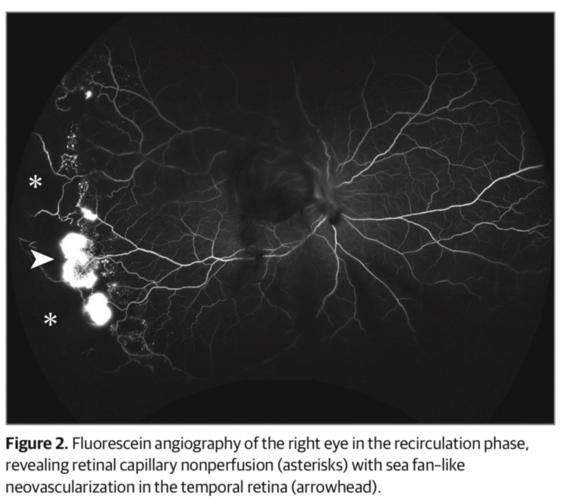All of Eth Cell Types Found in the Retina
The retina, a complex and intricate layer of tissue at the back of the eye, is responsible for converting light into electrical signals that the brain interprets as images. It is composed of a diverse array of cell types, each playing a crucial role in the visual process. In this detailed exploration, we delve into the various cell types that make up the retina, their functions, and their significance in vision.
Photoreceptors
Photoreceptors are the primary cells in the retina that detect light. There are two types: rods and cones. Rods are responsible for vision in low-light conditions and are highly sensitive to light, but they do not perceive color. Cones, on the other hand, are responsible for color vision and are less sensitive to light but provide sharp, detailed vision. There are three types of cones, each sensitive to different wavelengths of light, corresponding to red, green, and blue colors.

Bipolar Cells
Bipolar cells are the first interneurons in the retina. They receive signals from photoreceptors and transmit them to ganglion cells. Bipolar cells play a crucial role in shaping the visual signal by enhancing or suppressing certain features of the image, such as contrast and orientation.
Horizontal Cells
Horizontal cells are another type of interneuron that connects photoreceptors to bipolar cells. They primarily function to inhibit neighboring photoreceptors, which helps to reduce the amount of light that reaches the bipolar cells and thus improves the contrast of the image.
Amacrine Cells
Amacrine cells are interneurons that connect bipolar cells to ganglion cells. They play a crucial role in modulating the visual signal by inhibiting or exciting the ganglion cells. This modulation helps to refine the visual information before it is transmitted to the brain.
Ganglion Cells
Ganglion cells are the final cell type in the retina. They receive signals from amacrine cells and transmit them to the brain via the optic nerve. Ganglion cells are responsible for encoding the visual information in a way that the brain can interpret, such as the orientation, direction, and intensity of lines and edges.

Table: Summary of Retinal Cell Types
| Cell Type | Function | Location |
|---|---|---|
| Photoreceptors | Convert light into electrical signals | Outermost layer of the retina |
| Bipolar Cells | Receive signals from photoreceptors and transmit to ganglion cells | Between photoreceptors and ganglion cells |
| Horizontal Cells | Inhibit neighboring photoreceptors | Between photoreceptors and bipolar cells |
| Amacrine Cells | Modulate visual signal | Between bipolar cells and ganglion cells |
| Ganglion Cells | Transmit visual information to the brain | Innermost layer of the retina |
Understanding the various cell types in the retina is essential for comprehending how vision works. Each cell type has a unique role in processing visual information, from the initial detection of light by photoreceptors to the final transmission of the visual signal to the brain by ganglion cells. The intricate interplay between these cells ensures that we can perceive and interpret the world around us.
Further research into the functions and interactions of these cell types continues to shed light on the complexities of vision. Advances in this field may lead to new treatments for vision-related disorders and a deeper understanding of how the brain processes visual information.





